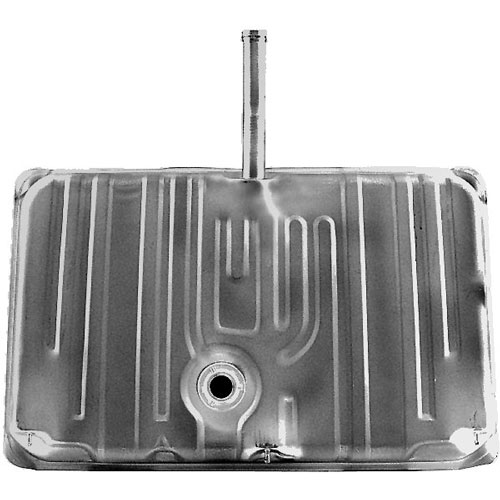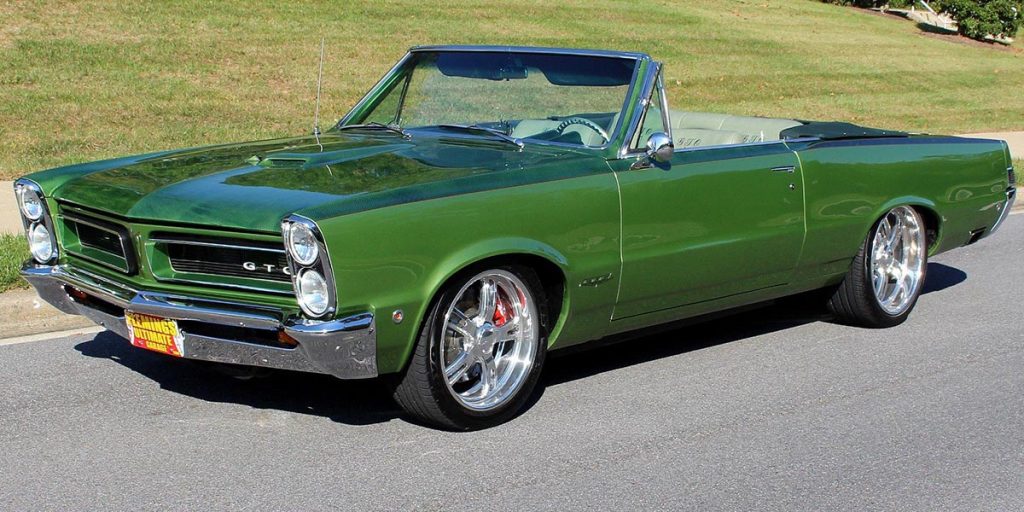Vented Vs. Non-Vented Gas Tanks: The Basics
When searching for replacement gas tanks and caps on our site, you’ll notice that we sell Vented and Non-Vented gas tanks, along with Vented and Non-Vented gas caps. Why are there two versions? Which one do you need? Can you interchange them? Let’s take a look at each option and that will help answer many of the questions that you have.
Vented Gas Tank
- In older classic Chevrolet models, vented gas tanks were commonly used. These tanks have a vent or a breather tube that allows air to flow in and out of the tank. When the vehicle’s fuel pump draws fuel from the tank to the engine, air replaces the space left by the fuel, preventing a vacuum from forming.
- During the fueling process or when the fuel heats up, vapor can also build up in the tank. The vent allows this vapor to escape, preventing excessive pressure from building up inside the tank, which could lead to leaks or other issues.
- The vented gas tank design is relatively simple, but it can lead to fuel evaporation and emissions of hydrocarbons into the atmosphere, which is not as environmentally friendly as modern sealed fuel systems.
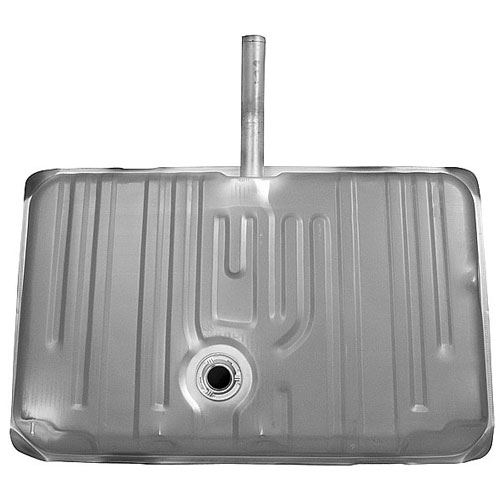
Non-Vented Gas Tank
- As environmental regulations evolved and became stricter, car manufacturers transitioned to non-vented or sealed gas tank designs in later model years, including newer classic Chevrolet vehicles and modern cars.
- Non-vented gas tanks are designed to be airtight, with no vent or breather tube. Instead, they use a charcoal canister, which is part of the vehicle’s evaporative emission control system (EVAP system). The charcoal canister captures and stores fuel vapor from the tank, preventing it from being released into the atmosphere.
- When the engine is running, the stored vapor is purged from the charcoal canister and burned in the engine to be used as fuel, effectively recycling it and reducing harmful emissions.
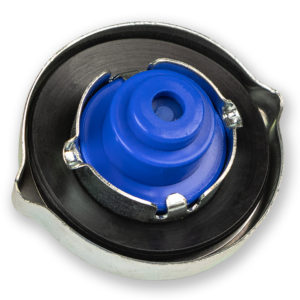
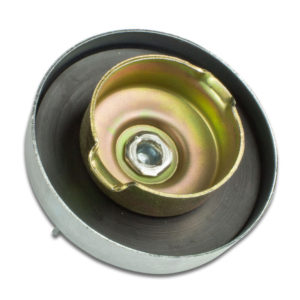
Vented Vs. Non-Vented Gas Caps
To add more venting to the mix, there are two different styles of gas caps; Vented and Non-Vented. Non-Vented simply seals the filler neck and does not allow gas or vapors to go in or out. Vented does allow air to enter the tank.
Properly Vented
While we are using the term Non-Vented, the gas tank certainly is vented. However, it’s not vented into the open air – it’s done through a charcoal canister. On early A-Body cars, for example, the cap is non-vented, and there’s a tube that goes into the car and back out. This tube is what vents the fuel tank to allow for expansion and contraction along with allowing air once the fuel has left the tank.
The main difference between a vented and non-vented gas tank in classic Chevrolet vehicles is how they handle pressure and vapor. Vented gas tanks allow air to flow in and out to prevent pressure buildup, but they can lead to fuel evaporation and emissions. Non-vented (sealed) gas tanks, on the other hand, use a charcoal canister to capture and store fuel vapor, promoting a more eco-friendly and efficient approach to managing emissions. With the increasing focus on environmental conservation, non-vented gas tanks have become the standard in modern vehicles, including classic Chevrolet models produced in more recent years.
Having a properly vented fuel tank is crucial. If the tank is 100% sealed, you’ll encounter fuel delivery issues. If you have more questions or need to order fuel system parts for your classic Chevrolet, hop on SS396.com or give our friendly techs a call at (203) 235-1200!
MORE ARTICLES FROM GROUND UP SS396.COM

Spring Sale – $25 Off Over $299
Get $25 Off* when you apply the Code: SPS25 during checkout on orders over $299. Max Discount $25. Valid until 03/27/25 (9pm ET). Don’t miss out on this opportunity to save on the essential parts that keep your restoration moving forward.
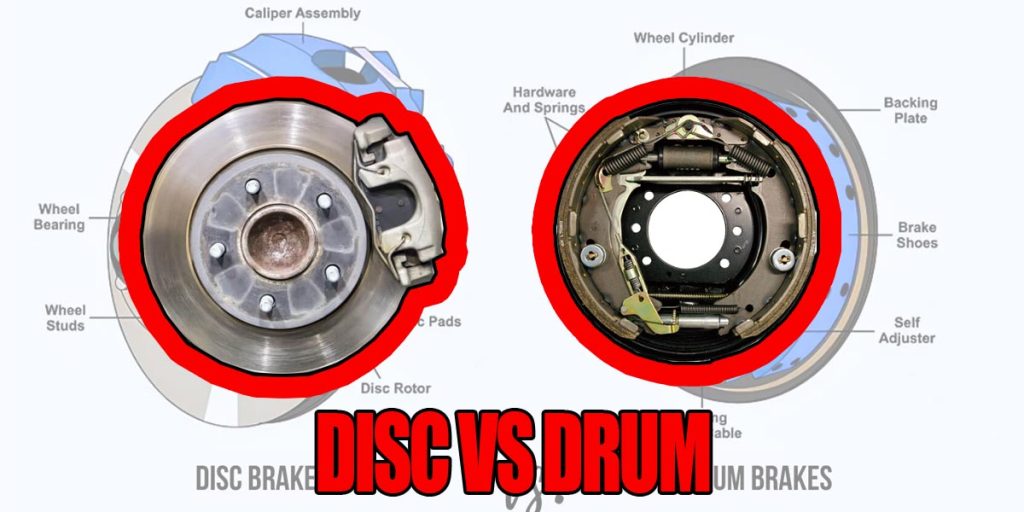
The Ultimate Slowdown: Disc Vs Drum Brakes
Disc Or Drum Brakes: Which One Is Really Better? Braking technology has come a long way, but one debate still remains—drum brakes versus disc brakes.
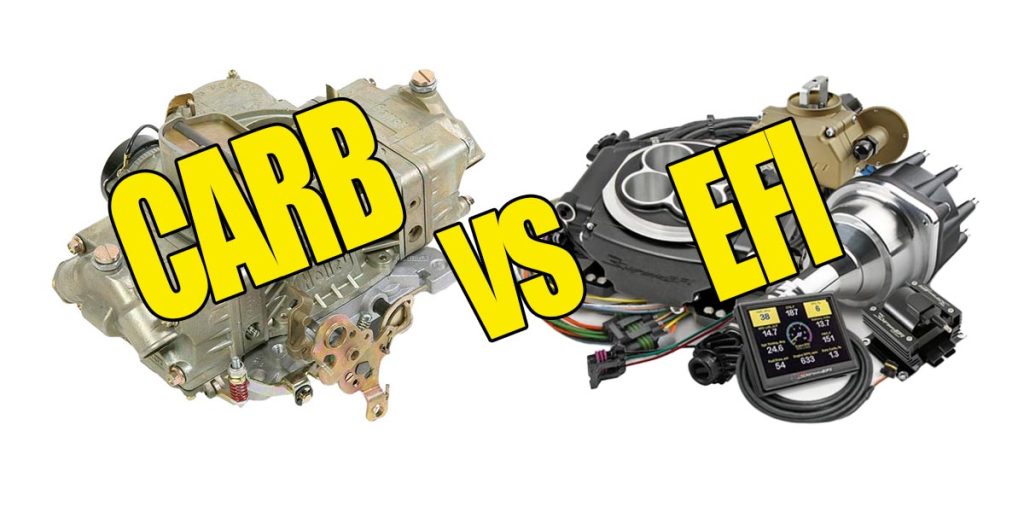
Carburation Vs. Fuel Injection: What’s Better?
Carb Or Fuel Injection: Which One Do You Pick? The internal combustion engine is a constantly evolving piece of machinery. In attempts to extract more

